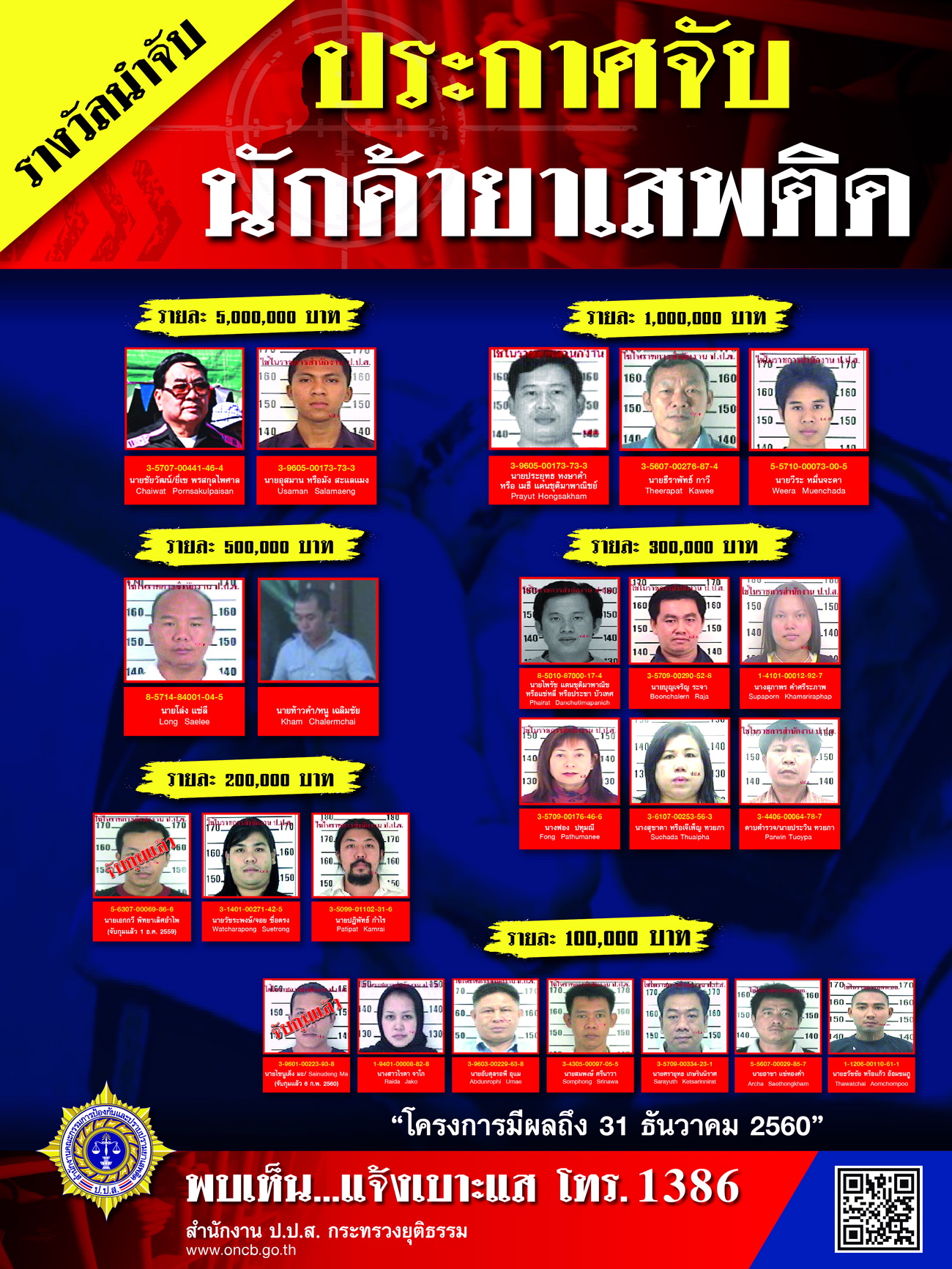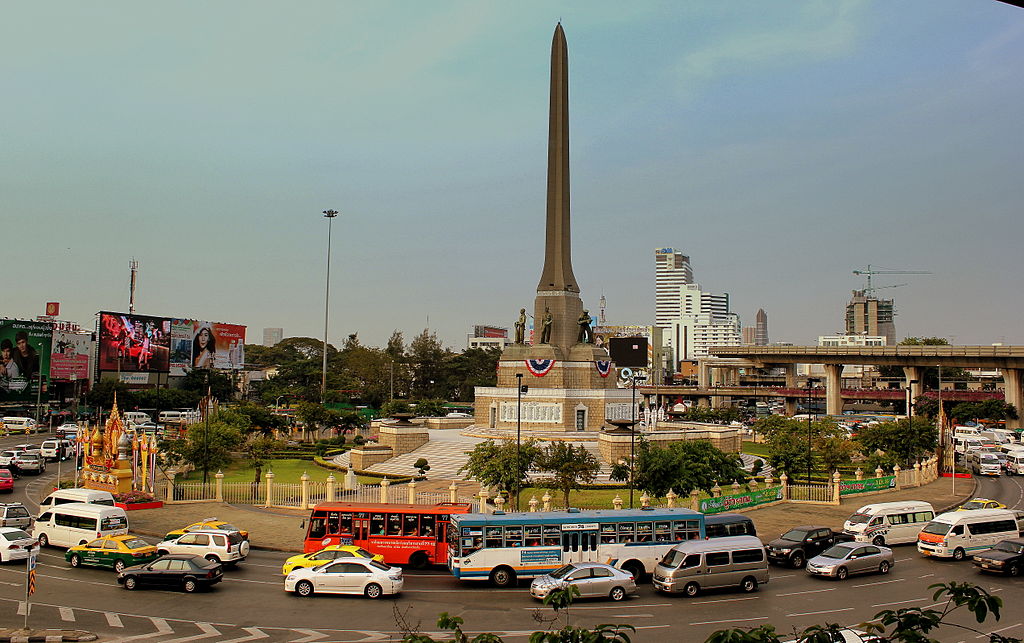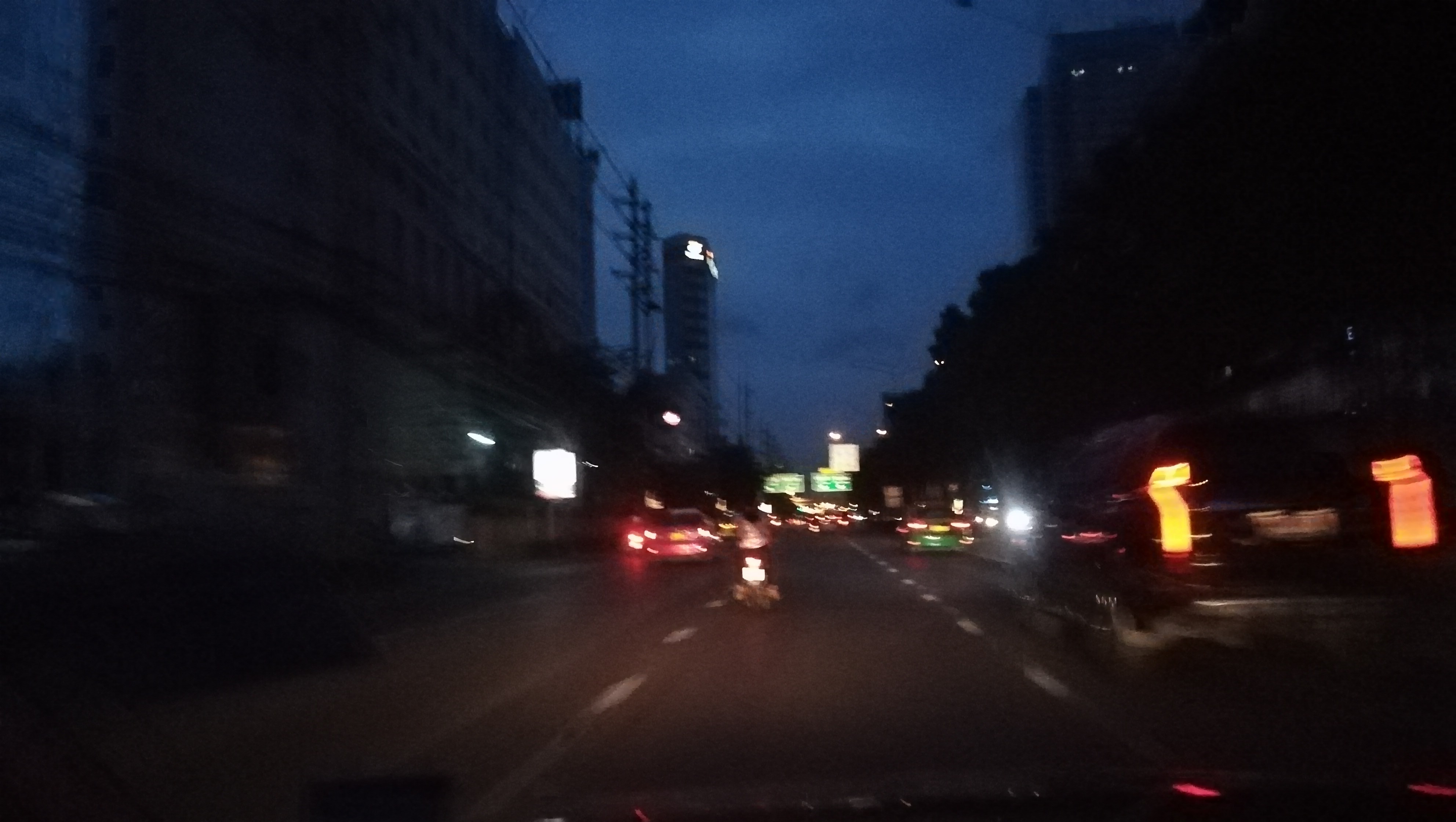While browsing some Thai Government websites for business research, I stumbled upon this masterpiece:

Here’s the original, in Thai:

Raising a family in Thailand // Documenting Issan food, culture, music, and people

While browsing some Thai Government websites for business research, I stumbled upon this masterpiece:

Here’s the original, in Thai:


Why haven’t I heard about this until today? My new mission: Create an equally delicious Northeastern Thai version without ever having tried the original: Yam Praduk foo, pork rinds, gummy worms, and blood sausage cubes thrown together in a bag of Banana Party snack chips!
Maybe I need to spend some more time planning first.
We visited a nearby reservoir, Kaeng Loeng Chan (they really need to simplify the official English spelling), on the weekend. They were holding a work rally to cover the newly-created Health Park with grass sod and quite a few people showed up to volunteer (or as a Thai would say, to make merit).
We got bored of the manual labor after less than an hour and walked around the banks of the reservoir instead, taking photos and looking at dead crabs. The water seems too murky and oxygen-depleted to support fish close too shore, but they must be out there somewhere. Maybe I’ll take the kids fishing out there sometime.
The Nation published a cool infographic about what climate change means for Thailand. Having lived here for over a decade, I have noticed huge changes in the seasons and climate. When I came, the first few years contained long drought periods (one year in particular it didn’t rain for almost five months), and the long-term trend since then has been one of persistent flooding instead of drought.

LINK: http://www.nationmultimedia.com/detail/national/30355898

The district where this most famous of Bangkok landmarks (created to mark conquest over territories in Indochina that have since been returned ) proposed building a museum and pedestrian tunnels underneath it, but it was stalled because nobody knows who owns it!
A historian expressed surprise that no government agency has claimed Bangkok’s most iconic war memorial. But he also notes that ownership of a historical site has always been something everyone took for granted.
“We never asked ourselves this question before,” Thamrongsak Petchlertanan said in an interview. “Because we always knew it was government property. We never observed who actually owns it.”
The monument was built in 1941 to celebrate Thailand’s victory in its conquest of French colonies in Indochina. Inspired by modernist aesthetics at the time, it features an obelisk rising from a base guarded by five hulking statues representing the four branches of the armed forces and civilian volunteers.
The victory it marks did not last. After the end of World War II, Thailand – who joined the Axis powers following Japanese invasion in December 1941 – was forced to return the territories to the French government.
So, I guess it’s settled then – it should be auctioned off to the highest bidder, who can turn it into another Bangkok shopping mall (underground!!).
This is still my favorite Coconuts video of all time:
Thai cholos? Bangkok bangers? Siam-esés?
Odelay.

It’s the Friday night before a four day weekend, and the streets of Bangkok are uncrowded. It feels like a dream. I’ve come back from our trip to Pattaya with my coworkers, Teera and Kwang, in their Almera.
We’ve just checked into a hotel on Rachada soi 20, and will go out exploring the empty city in a while. I’m looking forward to not feeling crowded in this city for once.